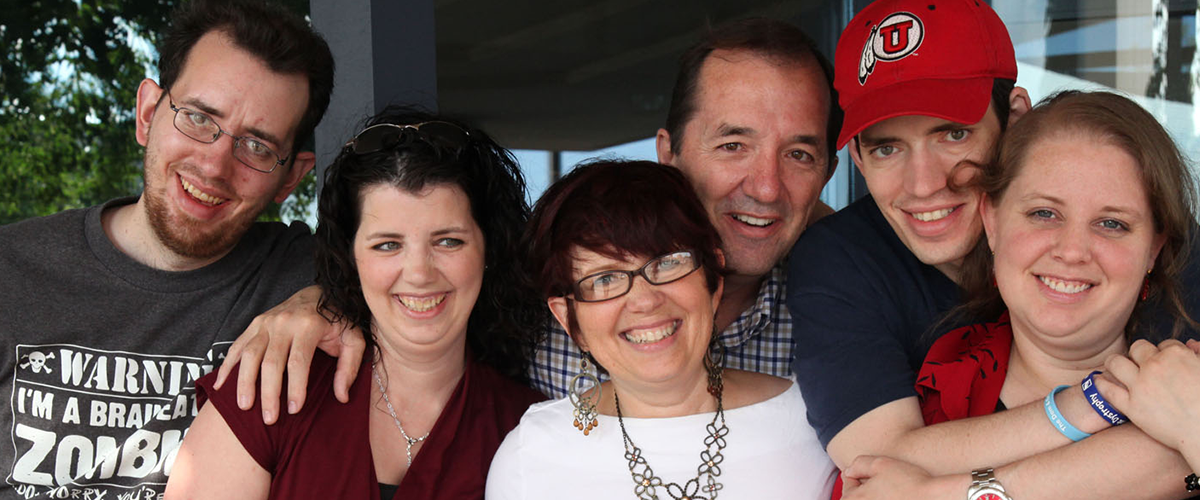A complete diagnostic evaluation, which includes family history, physical examination, and medical tests, is typically required for a presumptive diagnosis of myotonic dystrophy. The presence of the disorder can then be confirmed by genetic testing. The genetic test requires a sample of blood from the patient. The DNA is then extracted from the blood and analyzed to see if that person has the mutation that causes myotonic dystrophy. Prenatal testing, where the DNA of the fetus is checked for the presence of the myotonic dystrophy mutation, is also available.
Diagnosis of myotonic dystrophy is not difficult once the disorder is suspected. However, delays in diagnosis are common. More common diseases with symptoms that mimic myotonic dystrophy must typically first be ruled out before this disorder is considered. The symptoms are complex. Physicians may see only one or two patients with DM in their entire practice and may not be familiar with the range of ways this disease can present.
Learn more about more about Genetic Testing and Diagnosis.

